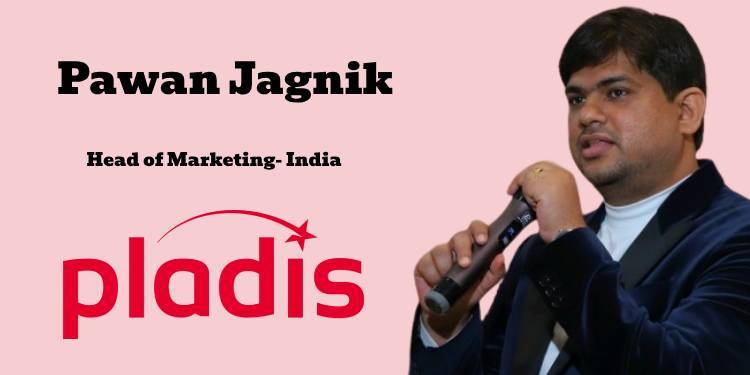The ever-evolving landscape of Indian Fast Moving Consumer Goods (FMCG) has been full of surprises. One such surprise is that the rural market continues to outperform the urban market. In Q4 2024, urban consumption grew twice as fast compared to Q3, while rural consumption grew twice as much as urban from 5.7% to 9.9%. The speedy adoption of quick commerce is conspicuously reshaping supply chains. Additionally, the lines between mass markets and premium products have increasingly blurred. This rise of ‘affordable luxury’ in FMCG indicates shifting consumer consciousness — where consumers are willing to splurge more on products that offer finer quality, aspirational value, and enhanced experience. With such interesting developments in the sector, consumers’ view of FMCG is constantly evolving.
The Shift Towards Premiumization
Traditionally, premiumization was associated with an elite audience who preferred high-end, niche brands. However, in today’s evolving market, with rising disposable incomes and a diversity of offerings, consumers crave a product that gives the most bang for the buck. At a time when focus on self-care and lifestyle enhancement is increasing, consumers now seek indulgence in everyday essentials like food, beverages, personal care, and household products. FMCG brands are now integrating premium offerings into their product portfolios to avoid being left behind.
But beyond the socio-economic drivers, what truly fuels the consumers’ willingness to shell out more for ‘affordable luxury’?
Experience Over Products
Modern consumers, especially the younger generations, are becoming more conscious of what they buy. This concept is not just limited to travel and entertainment but also trickles down to daily consumption habits. Whether it is savouring artisanal chocolate, using skincare with rare ingredients, or snacking on imported cookies — the consumer today is willing to spend more for an elevated experience. This desire to enjoy small luxuries every day has made premium FMCG offerings an accessible indulgence rather than an occasional splurge.
Quality, Aesthetics, and the GenZ Influence
GenZ is the most digitally savvy and globally aware consumer segment. With increasing interconnectedness, they play a pivotal role in shaping expectations and the rise of premium FMCG. Unlike their parents’ generations, who prioritized cost-effectiveness, GenZ seeks quality and authenticity. Furthermore, they also like to connect with brands whose stories resonate with them. This generation is drawn to clean labels, organic ingredients, sustainable packaging, and aesthetically pleasing designs. Their affinity for social media also warrants brands to focus on premium branding, which translates to products also being Instagram-worthy, not only functional. At McVitie’s, we are uniquely positioned to capitalise on the rising tide of healthy indulgence in the snacking sector. We continue to innovate our offerings as a better-for-you snacking option that appropriately caters to GenZ’s desire for health-conscious yet premium experiences.
The Accessibility Of Quick Commerce
The rise of Q-Comm has been one of the biggest enablers of premiumization. With Q-comm penetrating deeper into tier-2 and tier-3 cities, the accessibility to premium products is constantly rising. These platforms eliminate the traditional purchase barriers for premium products, making them more attainable for everyday consumption. Consumers no longer have to visit speciality stores for premium products; these are now only a few taps away and delivered to their doorstep within minutes.
Premiumisation As A Status Symbol
Consumer psychology also plays a vital role in premiumization. High-end FMCG products are increasingly being associated with self-worth and social standing. A household stocked with imported cookies, premium coffee, artisanal bakes, and organic juices indicates a refined lifestyle. Even personal care products like made-for-order shampoos, Korean skincare products, or European scents are no longer seen as mere necessities but as symbols of personal branding. These products evoke a sense of prestige and exclusivity, reinforcing the consumer’s intent to invest in premium choices.
The Exposure To Globalization
Today, the world is a global village. Indian consumers are increasingly exposed to international trends and want to replicate those lifestyles. Frequent travellers explore premium products abroad and drive demand for similar offerings when they return home. This has encouraged FMCG companies to introduce imported offerings in their domestic portfolios. For instance, after analyzing the consumer trends at pladis India, we introduced the imported ranges of McVitie’s, like Hobnobs in the Indian market. These have resonated well with the domestic market, with consumers who associate these products with quality and indulgence.
The Future Of Premium FMCG
As the premiumization wave continues to rise, FMCG brands must strike a delicate balance between affordability and luxury. While consumers are willing to pay more, pricing remains a crucial factor — products must justify their premium positioning with tangible benefits such as superior ingredients, innovative formulations, and enhanced packaging. Moreover, brands must leverage digital storytelling, influencer marketing, and personalized experiences to connect with their audience. Transparency in sourcing, sustainability initiatives, and health-conscious formulations will further enhance consumer trust and loyalty.
Today’s buyers are not just looking for products; they seek experiences, identity, and indulgence in their daily lives. As brands continue to innovate, premiumization will no longer be an exclusive domain of luxury goods but a defining characteristic of mass FMCG, shaping how consumers shop, experience, and perceive everyday essentials.

















